A level foundation is the cornerstone of a stable and structurally sound home. Over time, various factors can lead to foundation settlement or unevenness, which can result in a range of issues, from cracked walls and doors that won’t close properly to compromised structural integrity.
In this article, we will delve into the essential process of how to level a foundation, offering a comprehensive guide to rectify these common problems.
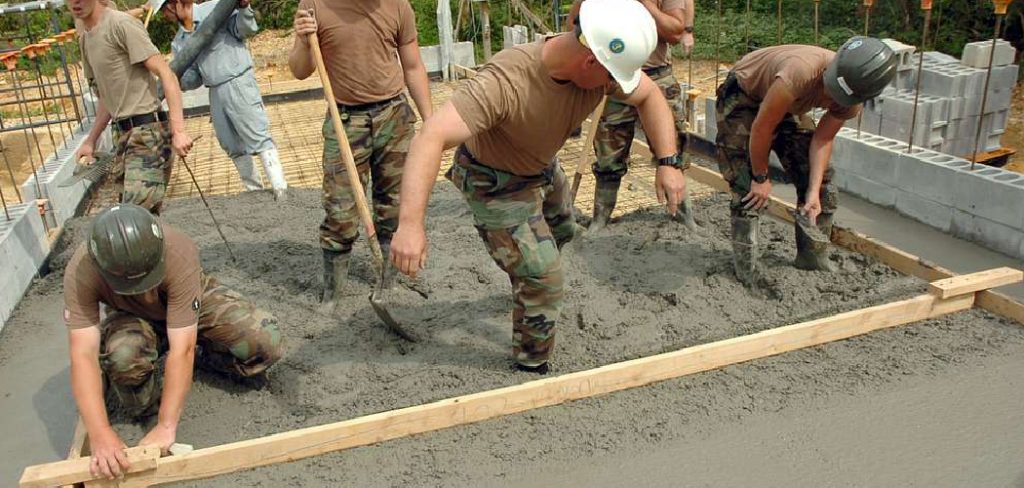
From identifying the signs of an unlevel foundation to implementing leveling techniques like underpinning, piering, or mudjacking, we will cover each critical aspect of the leveling process.
Whether you’re a homeowner seeking to address foundation issues or a construction professional ensuring a solid base for a new project, understanding to level a foundation is vital for maintaining the stability and safety of any structure. Join us on this journey to restore the levelness of your foundation and secure the longevity of your home.
The Importance of a Level Foundation
When it comes to building a home, the foundation is arguably the most important element. This is because it serves as the base for the entire structure and provides stability and support.
A level foundation is crucial in ensuring that your home remains safe, secure, and structurally sound.
A foundation that is not level can lead to numerous issues down the line. These can range from minor cosmetic damages to major structural problems that can compromise the integrity of your home. In severe cases, an unlevel foundation can even cause your house to collapse.
One of the main reasons for a foundation becoming unlevel is due to changes in the soil underneath it.
This can occur due to factors such as erosion, settling, or even natural disasters like earthquakes. As the soil shifts, it can cause the foundation to sink or shift, resulting in an uneven surface.
In addition to soil changes, poor construction practices can also lead to an unlevel foundation. This includes using inadequate materials, not properly compacting the soil before pouring the foundation, or not following proper building codes and regulations.
To prevent these issues from arising, it is crucial to ensure that your foundation is level from the beginning. This involves proper planning, using quality materials, and hiring experienced professionals who can construct a strong and stable foundation.

But what do you do if you already have an unlevel foundation? The good news is that there are solutions available to help correct this issue. These include methods such as underpinning, where additional support is added underneath the foundation to level it out, or mud jacking, where a mixture is injected under the foundation to raise and level it.
10 Methods How to Level a Foundation
1. Digging Out the Foundation
Digging out the foundation is one of the most important steps in leveling a foundation. This involves excavating around the perimeter of the foundation to expose its edges. Once exposed, any soil or debris can be removed and replaced with new soil that has been compacted to create a level surface. After digging out the foundation, it’s important to check for any structural issues, such as cracks or other signs of damage, before proceeding.
2. Installing Support Posts
Support posts are an essential part of leveling a foundation, as they provide additional stability and support for the structure. These posts should be installed at regular intervals around the perimeter of the foundation and secured into place with concrete anchors or other appropriate fasteners. It’s important to use only high-quality materials when installing support posts, as inferior materials may not provide adequate support over time.
3. Adding Gravel
Adding gravel is another important step in leveling a foundation, as it helps to fill in any gaps between the soil and the foundation itself. The gravel should be spread evenly across the area and then tamped down firmly so that it creates a level surface for the foundation to rest on top of.
If there are large gaps between sections of soil, additional gravel may need to be added in order to ensure that all areas are properly leveled out before continuing with other steps.
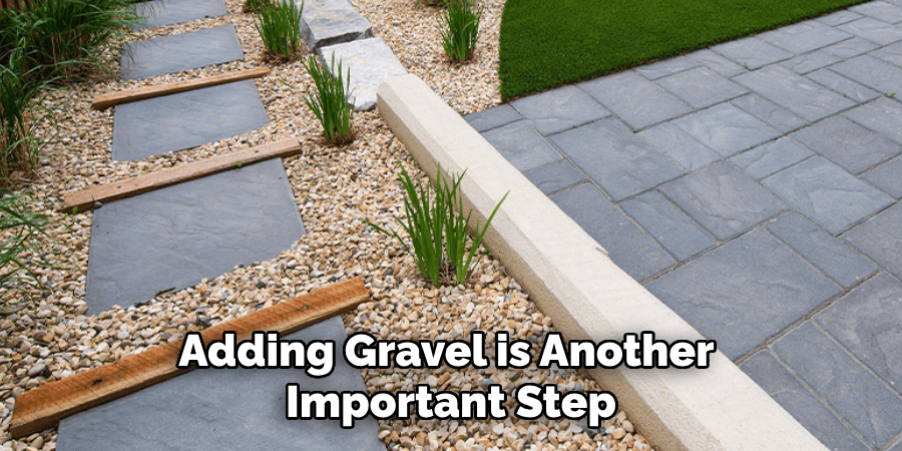
4. Installing Drainage Systems
Installing drainage systems is also an essential part of leveling a foundation, as this helps to prevent water from pooling around the base of the structure and causing damage over time.
A variety of different drainage systems can be used depending on your specific needs and budget, such as French drains or sump pumps. It’s important to make sure that all drain lines are properly installed so that water is directed away from your home rather than towards it.
5. Applying Concrete Leveler
Applying a concrete leveler is another effective way to level out uneven surfaces around foundations or other structures on your property. This product can be applied directly onto existing concrete surfaces using a trowel or brush and will help create an even surface once dry.
It’s important to make sure that you follow all instructions provided by manufacturers when applying concrete leveler so that you achieve optimal results without damaging your existing surfaces in any way.
6. Replacing Damaged Sections
If there are any sections of your foundation that have become significantly damaged due to age or wear and tear, it may be necessary to replace them in order for your structure to remain safe and secure over time.
This process requires careful planning so that you can ensure that new sections fit securely into place without compromising structural integrity in any way before continuing with further steps involved in leveling a foundation.
7. Pouring New Concrete
Pouring new concrete is another common method used when leveling foundations or other structures on residential properties. This process involves mixing cement with sand or gravel until it forms a thick paste-like consistency before pouring it into molds placed around affected areas.
After allowing enough time for curing, these molds can then be removed so that newly poured concrete takes shape. It’s important to make sure that all new sections fit securely together without leaving any gaps between them before proceeding with further steps involved in leveling a foundation.
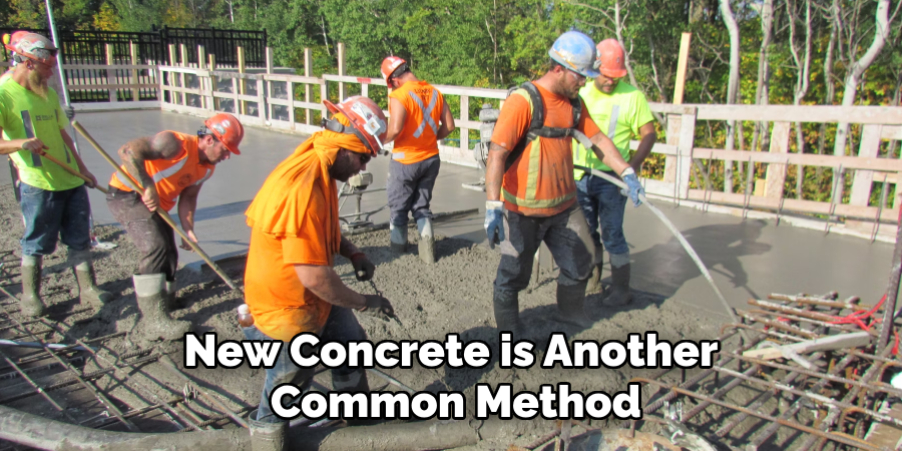
8. Applying Mortar Joints
Mortar joints are an effective way of creating seamless transitions between different sections when leveling foundations or other structures on residential properties. This process involves mixing cement with sand until it forms a thick paste-like consistency before applying it along seams where two pieces meet.
After allowing enough time for drying, these mortar joints will help create a much more solid connection between different sections while also providing extra protection against water damage over time.
9. Laying Down Pavers
Laying down pavers is another popular method used when leveling foundations or other structures on residential properties. This process involves placing interlocking stones along affected areas before filling gaps between them with mortar mix. Once dry, these pavers will help create an even surface while also providing extra protection against water damage over time.
10. Sealing Up Cracks
Sealing up cracks is an essential step when attempting to level foundations or other structures on residential properties. This process involves filling cracks along affected areas with silicone caulk before smoothing out excess material using either a putty knife or trowel tool. Once complete, these sealants will help protect against moisture penetration while also preventing further cracking from occurring over time.
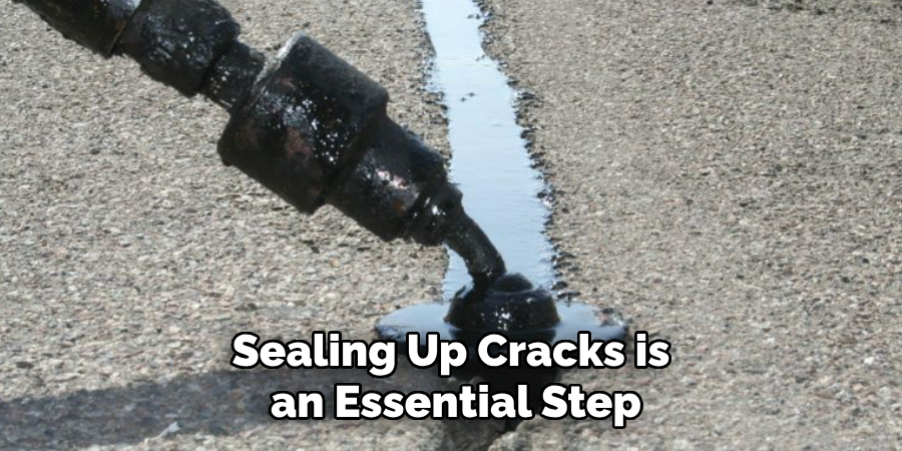
Things to Consider When Level a Foundation
When it comes to leveling a foundation, there are a few key factors that need to be taken into consideration. These can include the type of foundation, the current condition of the foundation, and any underlying causes for the unevenness. In this section, we will explore some important things to consider when leveling a foundation.
- Type of Foundation: The type of foundation plays a crucial role in determining the best approach for leveling it. There are three main types of foundations – slab, crawl space, and basement. Each type has its own unique characteristics and may require different methods for leveling.
- Current Condition of the Foundation: Before beginning any leveling work, it is important to assess the current condition of the foundation. This includes looking for signs of cracks, settling, or other types of damage. The severity and extent of these issues will impact the level of difficulty and cost involved in leveling the foundation.
- Underlying Causes: It is also important to identify any underlying causes for the unevenness in the foundation. This could include soil conditions, poor drainage, or structural issues with the building itself. Addressing these underlying causes will not only help ensure a successful leveling process, but also prevent future damage to the foundation.
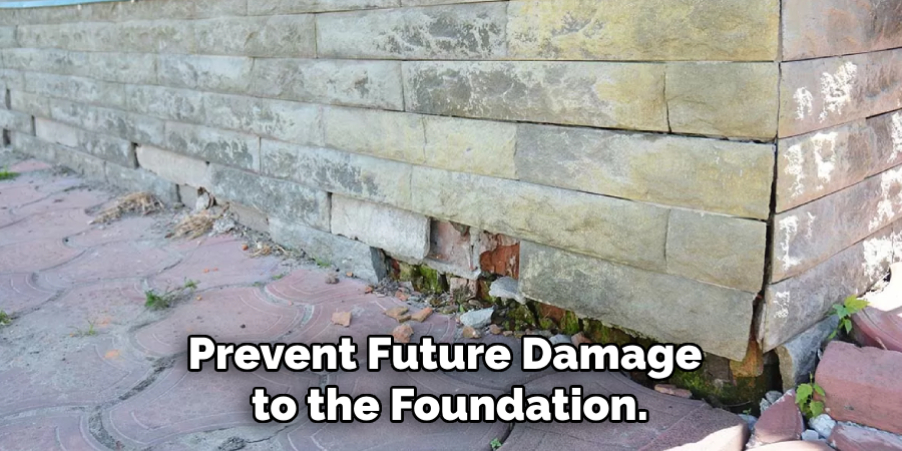
Conclusion
In conclusion, leveling a foundation requires precision and patience. It will take some time to complete the work correctly, but with the right effort and resources you can successfully level a foundation. Remember to plan carefully, gather all the materials you need, and use the proper tools for the job. Don’t hesitate to hire professionals if you are uncertain about anything or feel overwhelmed.
Finishing up that foundation level can be tedious and frustrating, but when it’s done it will be rewarding! We hope this article has been helpful in teaching you how to level a foundation. As always, please do your own research before starting any project or tackling any DIY job like this one. Good luck with your leveling projects!
